This article discusses some of the important FFT features and explains how to use these features to set up the FFT for efficient analysis.
The Fast Fourier Transform (FFT) was first introduced in the 1970s when microprocessors entered commercial design. From expensive lab models to the cheapest amateur models, almost every oscilloscope now offers FFT analysis. FFT is a powerful tool, and efficient use of FFT requires some research on FFT. This article will introduce how to set up the FFT and use the FFT efficiently. The technical principle of the FFT is not repeated here.
FFT is an algorithm that can shorten the time of discrete Fourier transform (DFT) calculation. It is also used to view the acquired time domain (amplitude and time) data in the frequency domain (the relationship between amplitude and phase and frequency). analyzing tool. The FFT adds spectrum analysis to the digital oscilloscope.
Looking at the upper half of the curve in Figure 1, you see an amplitude modulated carrier that uses a trapezoidal pulse as the modulation function. When you look at the time domain diagram in Figure 1, if you tell me the bandwidth of the signal, you may not be able to answer it for a while. But if you FFT the signal, you get another perspective. This signal has a linear sweep frequency, and the bandwidth is marked with a cursor, which is 4.7MHz. This is the principle of adding FFT function to the oscilloscope. It is the same data from another perspective.
![[Utility Guide] teaches you to use FFT and oscilloscope](http://i.bosscdn.com/blog/02/11/11/9113_0.jpg)
Figure 1: The upper time-domain diagram shows the pulse-modulated RF carrier, and the lower frequency-domain diagram shows the carrier frequency evenly distributed between 997MHz and 1002MHz.
FFT bandwidth and resolution bandwidth
In the earliest circuit courses, you should learn that the frequency (frequency domain) of the periodic signal is the reciprocal of the period (time domain). Again, this relationship runs through the entire FFT setup process.
Setting the FFT is best done by selecting the resolution bandwidth (RBW) as it relates to single parameter adjustment. RBW (Δf) is the incremental step size for displaying the FFT frequency axis. In the time domain, the sampling period determines the time interval between samples. In the frequency domain, RBW is the frequency difference between adjacent "cells" in the spectrogram. RBW is the reciprocal of the time domain record length (also known as acquisition time), as shown in Figure 2. You can control the RBW with the oscilloscope's horizontal scale or time/division parameter settings. The acquisition duration in Figure 1 is 20 μs, and the RBW in the spectrogram is its reciprocal, 50 kHz.
![[Utility Guide] teaches you to use FFT and oscilloscope](http://i.bosscdn.com/blog/02/10/12/1919_0.jpg)
Figure 2: The resolution bandwidth of the spectrum is the reciprocal of the time domain record length or acquisition time.
The next step in setting up the FFT is to determine the width of the frequency domain plot - the difference between the highest frequency and the lowest frequency in the FFT. Note that the FFT usually starts at 0 Hz and continues to the entire bandwidth. This is very different from the RF spectrum analyzer, I will talk about it right away.
The bandwidth of the FFT is half the effective sampling rate of the oscilloscope (Figure 3). The shortest time increment in the time domain - the sampling period - determines the largest component in the frequency domain. Again, the smallest increment in the frequency domain is a function of the longest duration in the time record. This is consistent with the inverse relationship between the time domain and the frequency domain.
![[Utility Guide] teaches you to use FFT and oscilloscope](http://i.bosscdn.com/blog/02/09/11/DB_0.jpg)
Figure 3: Spectrum width is half the effective sampling rate of the oscilloscope
In order to achieve higher resolution in the frequency domain, the amount of data collected must be increased by increasing the time/div setting. This is exactly the opposite of adding time resolution to the time domain map of the oscilloscope.
From a practical point of view, the time domain record length is controlled by the oscilloscope's time/division parameter values. Once you have selected the time/division parameter values ​​to achieve the desired resolution bandwidth, the only way to control the sample rate to the desired bandwidth is to modify the oscilloscope's acquisition memory length. Things seem complicated now, and it is.
Recently, most high-end oscilloscope manufacturers have modified the FFT user interface to make it more similar to a standard RF spectrum analyzer, with resolution bandwidth as a parameter when setting the center frequency and bandwidth. Although this type of interface makes the FFT easier to use, it does hide the basic functions of the FFT, resulting in the need to accept the time/division, sample rate, and memory length combinations set by the oscilloscope. Based on some of the rules discussed in this section, you can manually set the FFT and get more freedom in the settings.
Vertical zoom
Depending on the oscilloscope, the FFT may have a vertical scale, perhaps a fixed single vertical format. The most common vertical format is the power spectrum, which displays the vertical amplitude in power, commonly expressed in decibels (dBm) relative to 1 milliwatt and displayed on a logarithmic vertical scale. This choice is also a feature of the RF spectrum analyzer function. Lab-level oscilloscopes can provide more data, including power spectral density (PSD), linear amplitude, squared amplitude, phase, or real/imaginary components.
Carbide Taps
OPT Diamond Cutting Tools Co., Ltd are a professional manufacture in producing Cutter Taps ,Thread Forming Taps,pipe taps etc . We offer a complete range of taps in carbide, CPM and HSS-E.For carbide taps, we provied regular stock, and we also provide customization for your designs and logo. It is important to choose a professinonal manufacture to work with you, in order to communicate every details in the design. Our reputation has been built on quality, design and service – all at a competitive price. No matter you are a agent buyer or a factory source for self-use, we will be your most trusted partner.
Carbide taps is used to cut a screw thread in material with a pilot hole, threading is a process of both external and internal machining of threads into a workpiece. A number of angles and measurements defines the thread of the screws and bolts. All are of importance:
The lead is the distance through which a screw advances with one turn in the direction of the shaft. There are single lead threads and multiple lead threads. Multiple lead threads are able to feed faster with fewer revolutions.
The pitch is the distance between the corresponding threads in the axial direction.
The effective diameter is the midway point between the crest and root. In other words, the point where the internal thread and external thread overlap when screws are meshed together. The effective diameter is, along with pitch, one of the most important dimensions in threads.
According to the application, there are several kinds of taps: Machine and hand taps, spiral flute taps, spiral pointed taps, thread forming taps, and Pipe taps and thread milling cutter.
1. Machine and hand taps
The very standard tap, mostly are the Straight flute tap. Typically, tap is constituted by a working portion and a shank portion. The working portion is divided into a cutting portion and a calibration section, the cutting portion having a cutting bevel, responsible for cutting work. The calibration section is used to calibrate the size and the shape of the thread.
2. Spiral flute taps:
The spiral flutes have high cutting performance, eject chips smoothly, leave no chips in the hole bottom, suitable for tapping sticky materials. The chip-hold groove of Spiral fluted tap is spiral. According to the application, they are divided into two kinds: Left spiral flute tap and right spiral flute tap. Left Spiral flute tap tapping the chip to the bottom, suitable for through hole. Right spiral flute tap tapping scraps discharge upwards, so its suitable for blind holes.
3.Spiral pointed taps:
Suitable for through-hole and deep thread, have high strength, long life, fast cutting, dimensional stability, explicit tooth pattern (especially fine tooth). It opens chute in the side of the cutting edge of the straight groove, to form an angle, the chips are discharged forward when threading, suitable for through-hole processing. Relatively large core size design, good strength, can withstand greater cutting force. It is suitable for processing of non-ferrous metals and stainless steel and black metallic.
4. Thread forming taps:
These taps make threads by deforming the materials and do not produce chips. They are suitable for the blind holes of rather soft material or non-ferrous metals. The internally extruded and threaded metal has fibers which are continuous and has high tensile strength and shear strength, and has good surface roughness too.
5. Pipe taps
The pipe taps are used for mechanical joints purpose which is cutting the pipe fitting threads. There are two kinds of types, taps for parallel threads and taps for taper threads. The parallel threads are used for mechanical joints. The taper threads are used for pressure type joints such as water pipes and gas pipes.
6. Thread Milling cutter:
The thread milling cutter is a new developed processing tool in recent years. Its the combination of the milling cutter and the tap, using milling for machining the thread, so we call it the thread milling cutter. It is suitable for processing the large aperture work piece, avoid the disadvantage of high cost for large size Taps.
We are specialize in manufacturing PCD diamond tools and Carbide tools. Our major product include PCD Inserts , PCD Reamers , PCD End Mills , PCD Taps, Carbide Inserts, Carbide Drills, Carbide Reams, Taps etc.. Premium quality of raw material is used in the production and strict examination during processing with advanced equipment. Our best selling of cutting tools include PCD Inserts, PCD End Mill, PCD Reamer, Carbide Taps, Carbide End Mills, Special Form Cutter and many more.
Target of our OPT cutting tools is always to improve your productivity and lower total cost. If you encounter problems such as high-speed, high precision requirements, low tool life and so on in the processing, you may contact us to recommend appropriate design for you, we can provide customization per your drawing. We looking forward to make a long business relationship with you.
PRODUCT DETAIL:
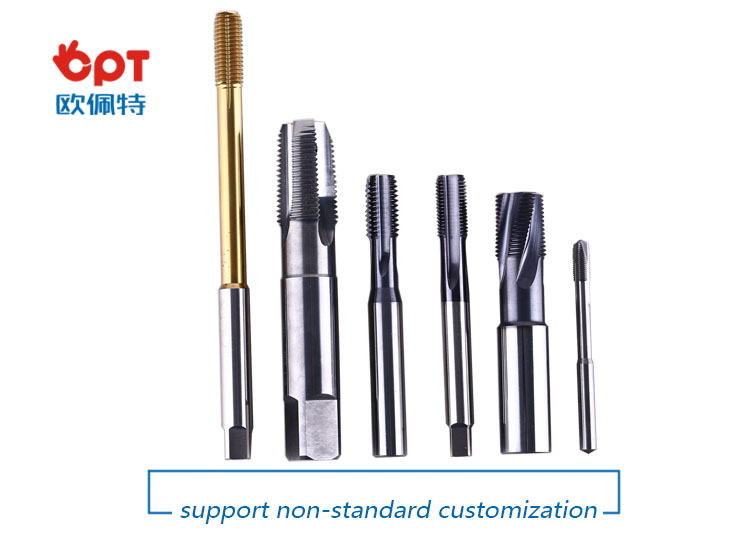
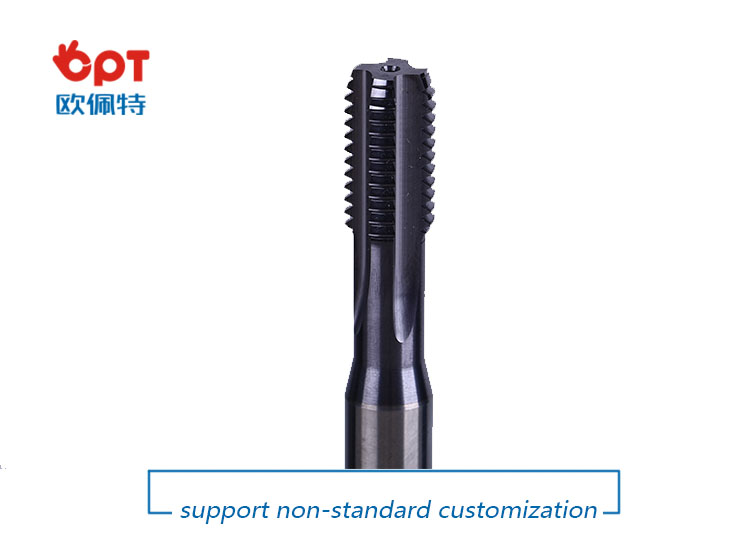
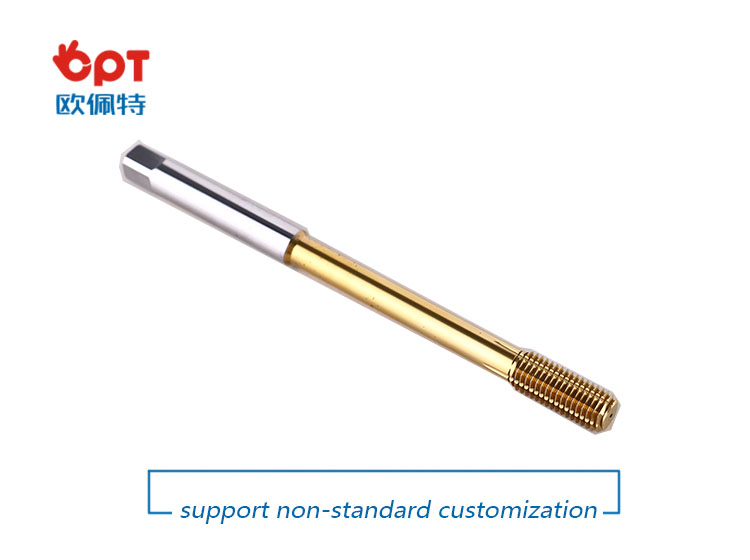
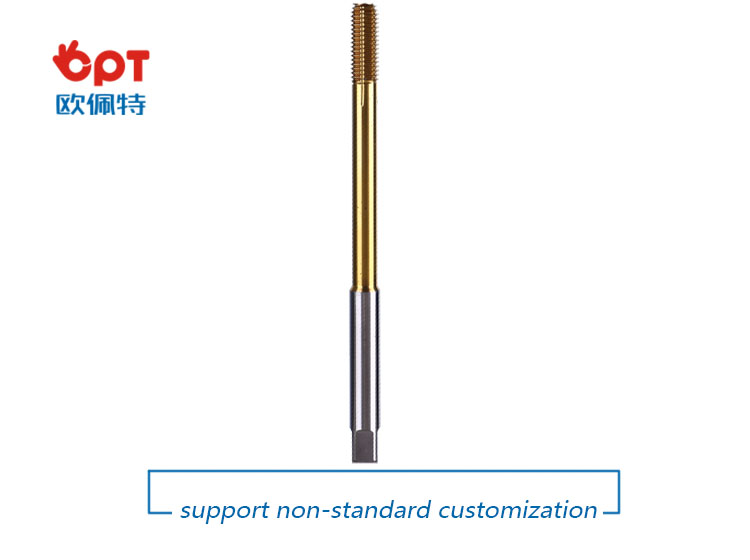
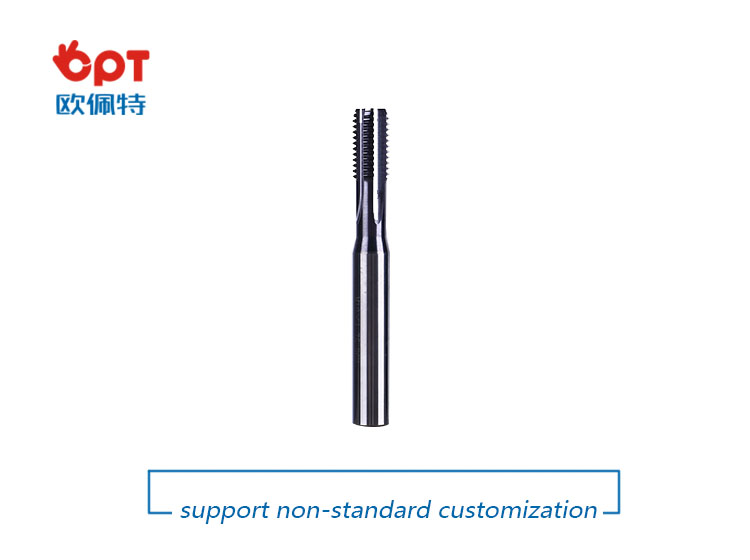
PRODUCTING PROGRESS:

PAYMENT AND DELIVERY:

PRODUCT EQUIPMENT :
+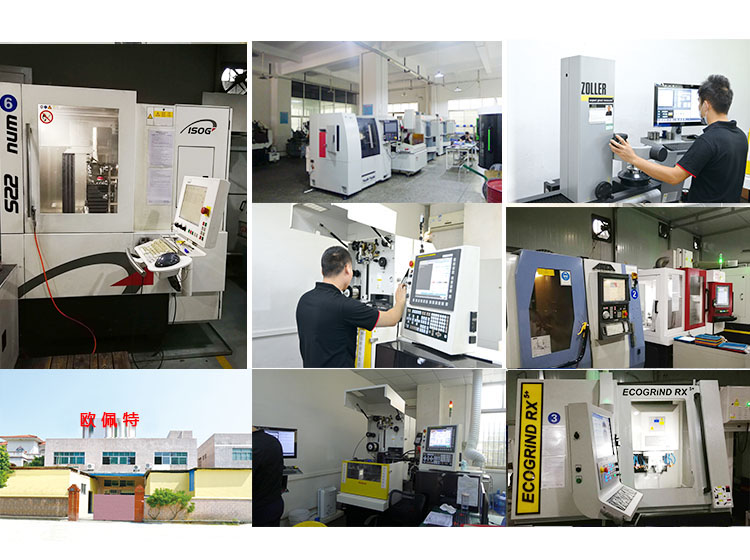
ABOUT US :
We are specialize in manufacturing PCD diamond tools and Carbide tools. Our major product inclulde PCD inserts, PCD Reamers, PCD End Mills, PCD Taps, Cabide Inserts,Carbide Drills, Carbide Reams, Taps etc.,
We also offered customized cutting tools per drawings, and provide package according to customer requirements. We manufacture a series range of cutting tools for machining of Cast iron, Aluminium alloy and Non-Ferros metal, it is widely used in all major sectors like Automobiles, Engineering, Aerospace, Aviation and 3C industry. Premium quality of raw material is used in the production and strict examination during processing with advanced equipment, so our client are satisfied with our reliable quality and on-time delivery.
Our best selling of cutting tools include PCD Inserts, PCD End Mill, PCD Ball Nose Mill, PCD Reamer, Carbide Taps, Carbide End Mill, Special Form Cutter and many more. For these years we have been made a large forward in the technologies of manufacturing cutting tools. With high quality on performance and price, our product sells well both on domestic and overseas market. And we will always focus on the quality and best service, to make long business relationship.

quanlity control:
We have dedicated team of quality control and precise equipment to keep good and stable performance for our products and processing services.

Carbide Taps,Thread Tap,Solid Carbide Taps,Pipe Tap Set
OPT Cutting Tools Co., Ltd. , https://www.optdiamondtoolss.com
![<?echo $_SERVER['SERVER_NAME'];?>](/template/twentyseventeen/skin/images/header.jpg)